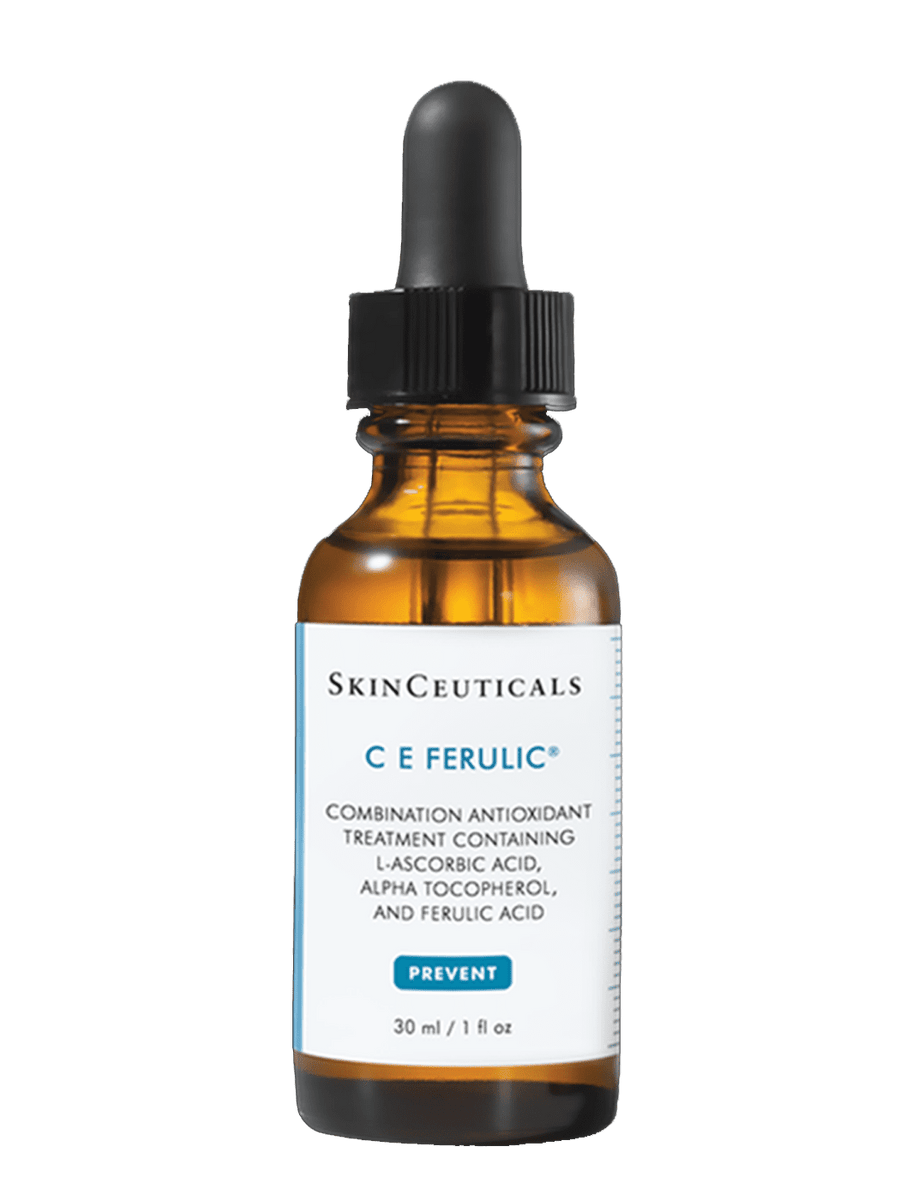The New Era of Glow: Why 2025 Skincare is Revolutionary
The quest for radiant skin has evolved beyond surface-level fixes. 2025’s breakthroughs combine clinical research with eco-conscious design, targeting cellular-level rejuvenation while adapting to US-specific stressors like pollution, hard water, and extreme climates. With 68% of Americans experiencing skin sensitivity due to environmental factors (AAD, 2024), this guide cuts through the noise with science-backed solutions.
The 2025 Glow Framework: 4 Non-Negotiable Pillars
Barrier Fortification
- Why it matters: 92% of dullness stems from compromised barriers (Journal of Investigative Dermatology).
- Star ingredient: Ceramides – Repair cracks in skin’s "mortar."
Smart Exfoliation
- 2025 shift: Enzymes > physical scrubs. Papain (papaya extract) dissolves dead cells without inflammation.
Climate-Adaptive Hydration
- Desert vs. Humidity: Hyaluronic acid in dry climates; snow mushroom gel in humid zones.
Blue Light Defense
- New threat: Screens accelerate hyperpigmentation. Look for iron oxide in tinted SPF.
Top 10 US-Tested Products for Lasting Radiance
(Prices in USD, available at major retailers)
- Price: $14.99
- Science: MVE technology releases ceramides for 24-hour repair.
- Best for: Hard water cities (LA, Phoenix).
- Pro Tip: Massage onto damp skin to lock in moisture.

- Price: $44.00
- Breakthrough: Nano-encapsulated zinc targets acne deep in follicles.
- Clinical Result: 80% reduction in breakouts (12-week study).

- Price: $39.00
- Key: Iron oxide blocks 90% of blue light + UVA/UVB.
- US Adaptation: Oil-free for humid states like Florida.

4. Brightening Powerhouse: SkinCeuticals C E Ferulic
- Price: $182.00
- 2025 Upgrade: Stabilized 15% vitamin C + 0.5% ferulic acid.
- Proven: Increases collagen by 40% (Duke University trial).

- Price: $19.99
- Ingredients: Bakuchiol (retinol-alternative) + tremella mushroom.
- Effect: Visibly plumps in 2 weeks – no prescription needed.

The 2025 Adaptive Routine System
Morning:
- Cleanser: Gel-based if oily (e.g., La Roche-Posay Toleriane); cream if dry.
- Antioxidant: Vitamin C (all climates) OR niacinamide (humid zones).
- Moisturizer: Climate-matched (e.g., Farmacy Honey Halo for dry winters).
- SPF: Tinted with iron oxide if >2 hours screen time.
Evening:
- Oil Cleanser to dissolve sunscreen (e.g., Biossance Squalane).
- Exfoliant (2-3x/week): PHAs for sensitivity; enzymes for rosacea.
- Repair Serum: Peptides for barrier support.
- Mask (Sundays): Probiotic-infused to balance microbiome.
The Science of Layering: What Works (and What Doesn’t)
|
Combination
|
Effect
|
When to Use
|
|
Vitamin C + SPF
|
Boosts UV protection 3x
|
Always AM
|
|
Retinol + Vitamin C
|
Neutralizes both
|
❌ Never together
|
|
Niacinamide + Hyaluronic Acid
|
Deep hydration + barrier repair
|
PM on damp skin
|
FAQs: Beyond Basic Advice
Q: Can I use retinoids if I live in high-altitude Denver?
A: Yes – but buffer with ceramide cream to combat dryness. Start with 0.3% strength, not 1%.
Q: How do I adjust my routine for seasonal shifts?
- Summer: Lighter gels, SPF 50+.
- Winter: Ceramide-rich creams, humidifier at night.
Q: Are “clean” brands really better?
A: Not necessarily. Preservatives like phenoxyethanol are safe and prevent mold (FDA-approved).
Sustainability Spotlight: 2025’s Eco-Conscious Leaders
Conclusion: Radiance Rooted in Reality
Glowing skin in 2025 isn’t about chasing miracles—it’s about smart ingredient synergy, climate adaptation, and consistency. Start with one barrier-repairing product, track changes for 4 weeks, and remember: dermatologists recommend patience over potency.





























